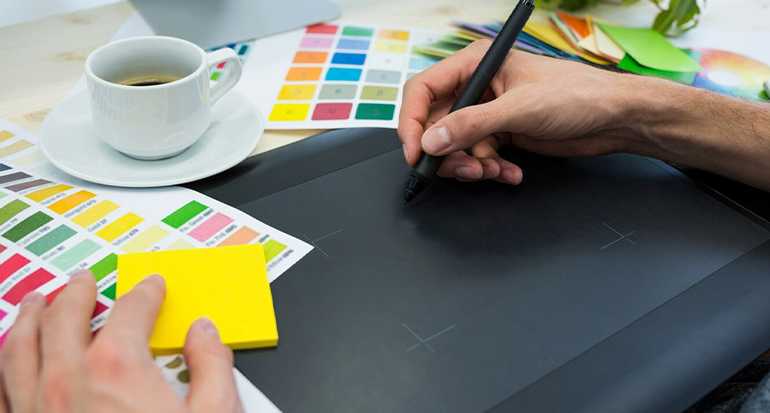How Much Does T-Shirt Printing Cost in Nigeria (in Naira)?
Looking to get custom t-shirts printed in Nigeria and need to know how much it might set you back? Whether you’re ordering a few or a few dozen, prices can span from ₦2,000 to ₦6,000 per shirt depending on fabric, printing style, and order quantity. Let’s break down what affects the cost—and how you can get the best value.
What Affects T-Shirt Printing Costs in Nigeria?
1. Materials
-
Polycotton (blends of polyester and cotton) are budget-friendly and widely used.
-
100% cotton tees feel premium and cost more.
-
Specialized fabrics (like performance or moisture-wicking blends) typically carry even higher prices.
2. Printing Methods
-
Screen Printing: Great for bulk orders—high setup but low cost per piece.
-
DTG (Direct to Garment): Perfect for complex, full-color designs and small runs—faster, zero setup but higher cost per shirt.
-
Heat Transfer: Suitable for short runs and DIY designs but may cost more per unit.
3. Order Quantity
-
10–20 items often cost more per shirt.
-
50+ items unlock volume discounts, significantly lowering the unit cost.
4. Print Area & Design Complexity
Printing only on the front or using fewer colors reduces cost. Double-sided and intricate multicolor designs add to the pricing.
5. Submission Readiness
Providing print-ready files—properly formatted, in correct color space, and with minimal design issues—saves on production delays and setup charges.
Estimated Price Breakdown
| Quantity | Material Type | Print Method | Estimated Price per Shirt (₦) |
|---|---|---|---|
| 10–20 | Polycotton | Screen/Heat Press | 2,000–3,500 |
| 10–20 | 100% Cotton / Complex Design | DTG/Heat Transfer | 4,000–5,500 |
| 50+ | Polycotton | Screen Printing | 1,800–2,500 |
| 50+ | 100% Cotton / All-Over Print | DTG/Screen | 3,500–6,000 |
Note: Exact prices may vary based on fabric availability, design, and provider. Request a personalized quote for the most accurate estimate.
Tips to Reduce Printing Costs
-
Choose polycotton fabrics for affordability.
-
Opt for screen printing for large orders to lower unit cost.
-
Keep designs simple and minimal—fewer colors and fewer print areas.
-
Take advantage of bulk pricing by ordering more units.
-
Provide print-ready files (vector formats, CMYK, correct dimensions) to avoid setup delays or extra fees.
Preparing Print-Ready Files (Avoid Common Mistakes)
Ensuring your design files are optimized not only saves money but also speeds production. Here’s how:
-
Use vector formats (AI, EPS, high-res PDF); avoid pixelated JPGs or PNGs.
-
Embed or outline fonts to avoid missing fonts at print time.
-
Work in CMYK color mode—RGB can result in color shifts during printing.
-
Include bleed margins (3–5 mm) to prevent cut-off edges.
-
Avoid over-compression and flatten your files or layers for consistency.
These best practices ensure your designs flow smoothly into production—without glitches or added costs.
Conclusion
Ready to print? Here’s how to keep costs reasonable without sacrificing quality:
-
Pick cost-effective materials (like polycotton).
-
Use efficient printing methods, especially for larger runs.
-
Order in bulk when possible.
-
Deliver flawless, print-ready files.
Want a personalized quote or help prepping your designs? Contact us today—we’re here to assist!





